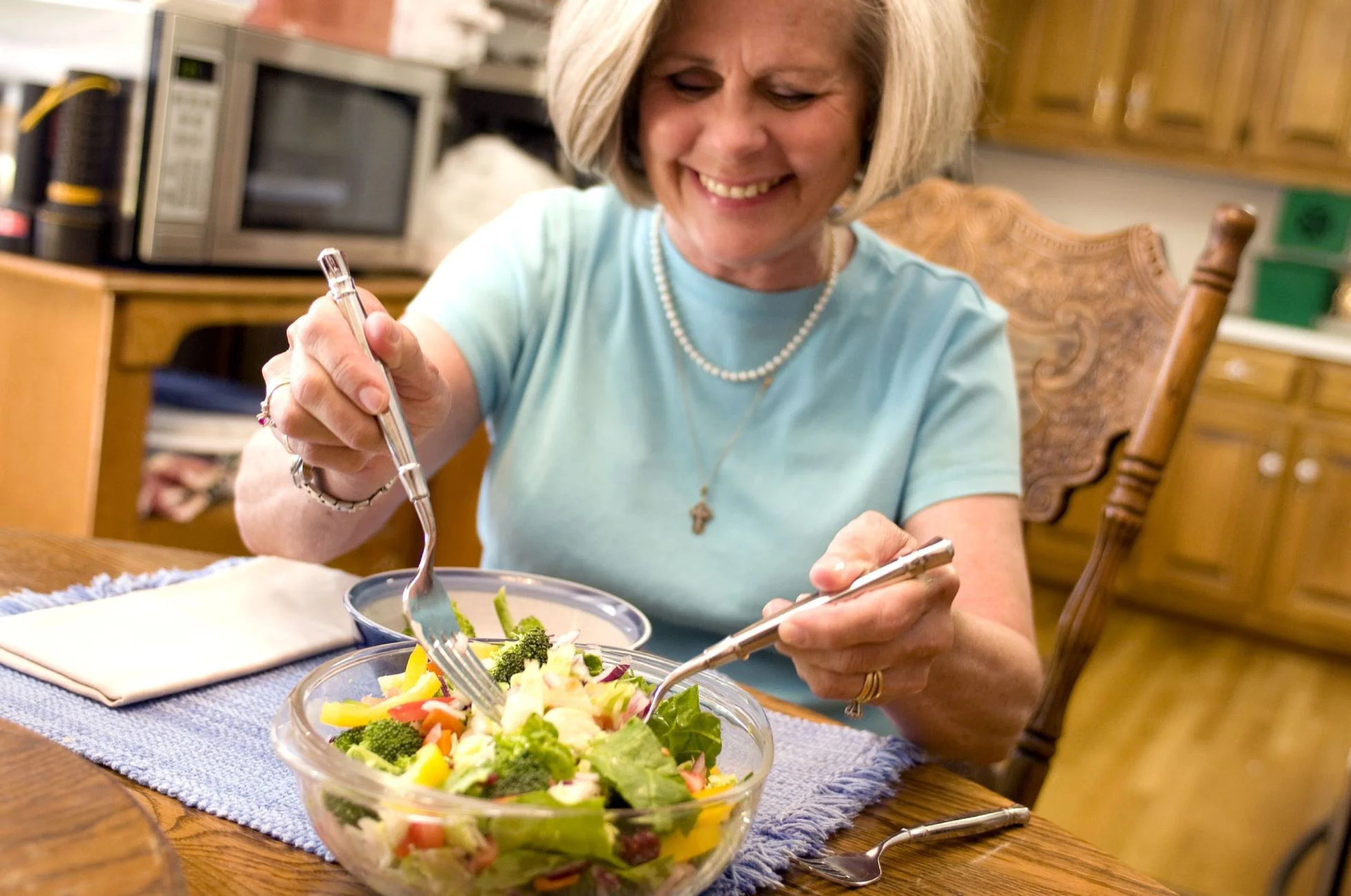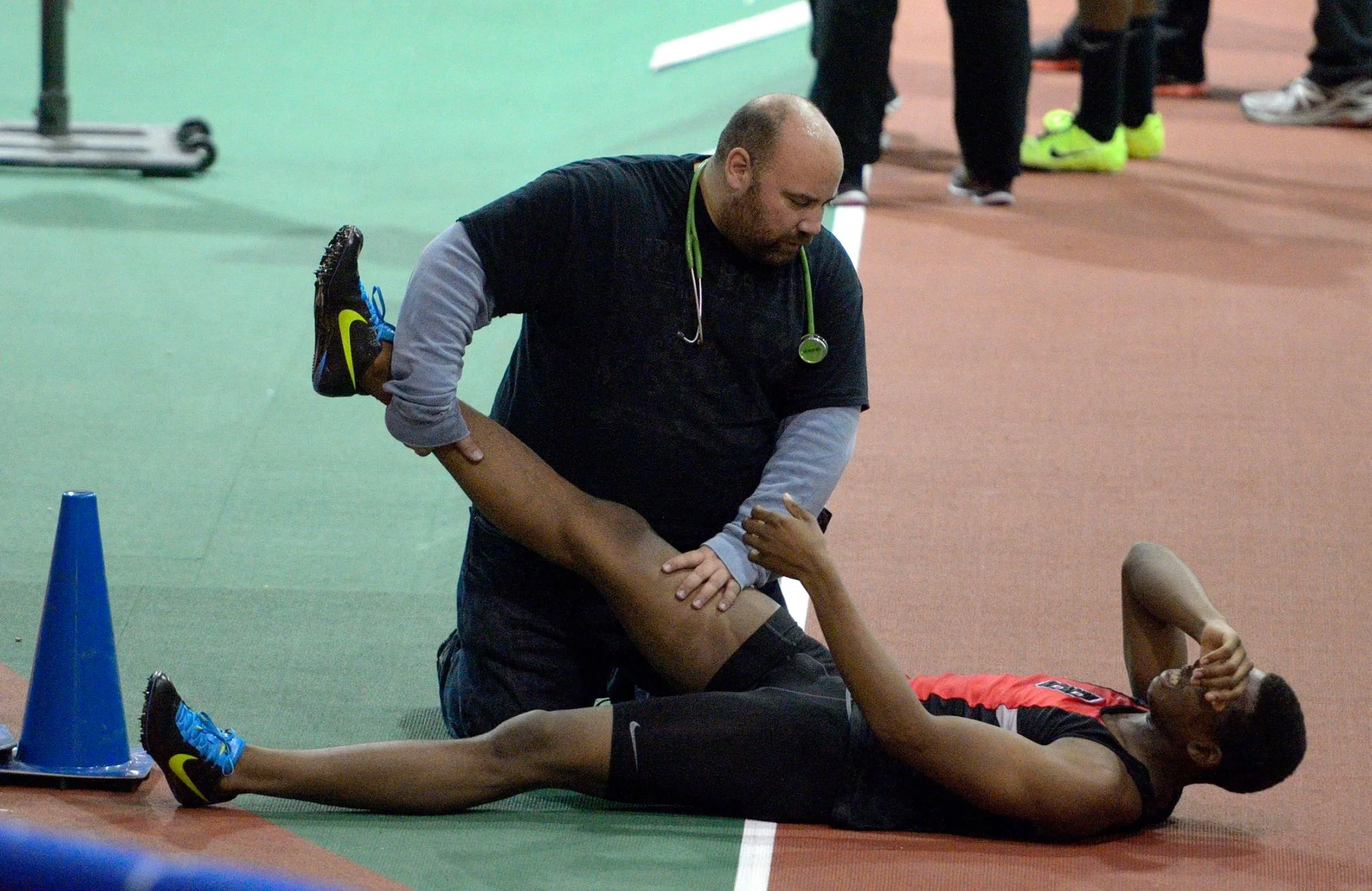How concerned should people be about the psychological effects of screen time? Balancing technology use with other aspects of daily life seems reasonable, but there is a lot of conflicting advice about where that balance should be. Much of the discussion is framed around fighting “addiction” to technology. But to me, that resembles a moral panic, giving voice to scary claims based on weak data.
Is it rational to trust your gut feelings? A neuroscientist explains
Why we need to figure out a theory of consciousness
Understanding the biology behind consciousness (or self-awareness) is considered by some to be the final frontier of science. And over the last decade, a fledgling community of “consciousness scientists” have gathered some interesting information about the differences between conscious and unconscious brain activity.
Health Check: what should I eat to improve my skin?
Breathing lunar dust could give astronauts bronchitis and even lung cancer
It’s been over forty years since the Apollo Program wrapped up and the last crewed mission to the Moon took place. But in the coming years and decades, multiple space agencies plan to conduct crewed missions to the lunar surface. These includes NASA’s desire to return to the Moon, the ESA’s proposal to create an international Moon village, and the Chinese and Russian plans to send their first astronauts to the Moon.
Five amazing ways redesigning biological cells could help us fight cancer
Want to eat better? You might be able to train yourself to change your tastes
End of ageing and cancer? Scientists unveil structure of the ‘immortality’ enzyme telomerase
Making a drug is like trying to pick a lock at the molecular level. There are two ways in which you can proceed. You can try thousands of different keys at random, hopefully finding one that fits. The pharmaceutical industry does this all the time – sometimes screening hundreds of thousands of compounds to see if they interact with a certain enzyme or protein. But unfortunately it’s not always efficient – there are more drug molecule shapes than seconds have passed since the beginning of the universe.
Health Check: is there an optimal time of day to work out?
Overeating? It may be a brain glitch
How the lowly mushroom is becoming a nutritional star
The way you see colour depends on what language you speak
Research Check: is it true pasta doesn’t make you gain weight, and could even help you lose it?
Health check: why do we get muscle cramps?
‘Junk DNA’ isn’t so useless after all
The evolutionary advantage of having eyebrows
How brain stimulation can boost memory if paired with learning
In 47 CE, Scribonius Largus, court physician to the Roman emperor Claudius, described in his Compositiones a method for treating chronic migraines: place torpedo fish on the scalps of patients to ease their pain with electric shocks. Largus was on the right path; our brains are comprised of electrical signals that influence how brain cells communicate with each other and in turn affect cognitive processes such as memory, emotion and attention.
It’s not my fault, my brain implant made me do it
Mr. B loves Johnny Cash, except when he doesn’t. Mr. X has watched his doctors morph into Italian chefs right before his eyes. The link between the two? Both Mr. B and Mr. X received deep brain stimulation (DBS), a procedure involving an implant that sends electric impulses to specific targets in the brain to alter neural activity. While brain implants aim to treat neural dysfunction, cases like these demonstrate that they may influence an individual’s perception of the world and behavior in undesired ways.
Our dreams have many purposes, changing across the lifespan
Although radically different in terms of their content and feel, the range of dream states are just as complex as waking states. If we look across an individual’s lifetime, we find that children’s dreams are very different from adults’ dreams. Children tend to dream of emotional interactions with family members, friends and scary animals, while adults dream of other adults. Dreams of young adults are filled with social interactions between the dreamer and current friends and significant others. Men’s dreams differ substantially from women’s dreams, with women dreaming equally often of men and women, and men dreaming more often about other men. Older adults tend to dream more about creative works, legacies and enduring concerns, while the dreams of dying people are filled with numbers of supernatural agents, other-worldly settings and images of reunions with a loved one who has died. Dreams that transport the child into the social world of his caretakers during early life gently escort the dreamer into the arms of his loved ones when life is nearing an end. Dreams accompany us literally from the cradle to the grave.














